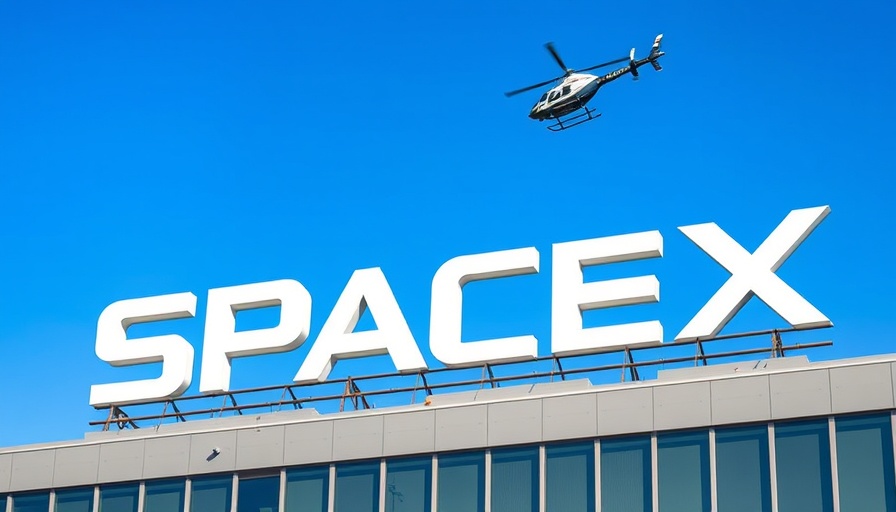
A Crane Collapse Raises Questions at SpaceX’s Starbase
On June 23, 2025, a crane accident at SpaceX’s rapidly-developing South Texas rocket facility, now part of the newly-established Starbase city, stirred concerns over safety and transparency. The crane was involved in debris cleanup after a previous explosion of a SpaceX rocket and collapsed during its operation. This incident, caught on video by local content creator Lab Padre, remains shrouded in uncertainty as officials have yet to disclose any details or confirm if there were injuries.
What We Know So Far About the Incident
The footage from afar did not clearly show the circumstances surrounding the collapse, and the response from SpaceX has been notably absent. Despite frequent updates from the company regarding its rocket tests, it has chosen not to comment publicly on this serious incident. Requests for information sent to Starbase officials—including the city’s mayor and various commissioners—have gone unanswered, which only fuels concerns about the governance in this new city influenced heavily by SpaceX leadership.
Starbase: A New City with Old Challenges
Incorporated in May 2025, Starbase is unique—led by SpaceX executives, and its operations deeply intertwined with the company's activities. Just last week, the city secured a $1.5 million loan from SpaceX to smooth its financial operations, highlighting a troubling dependency on the very corporation it is meant to oversee. The unresponsiveness from Starbase officials tests the principles of accountability and transparency that this municipality must embody.
A Look at Corporate Influence on Governance
The formation of Starbase raises critical questions about the relationship between corporate entities and local governance. While community members—predominantly SpaceX employees—voted in favor of its incorporation, there remains a palpable tension regarding the expectation of transparency when a private company's interests dominate a public institution. The absence of timely communication following a significant incident such as a crane collapse could suggest a culture of silence that must be investigated further.
Comparing Starbase with Other Tech Havens
Comparatively, other tech hubs such as Silicon Valley and Austin have faced similar criticisms concerning oversight and governance, often with corporations deeply embedded in local policymaking. For example, cities like San Francisco grapple with their tech giants while hoping to retain a sense of community. The challenge for Starbase will be to forge its path toward a model of governance that prioritizes the welfare of its citizens while navigating its corporate ties.
Community Voices: What are Residents Feeling?
As the citizens of Starbase watch this drama unfold, their feelings will heavily dictate the future of public trust. Residents might be feeling conflicted, caught between their professional lives at SpaceX and their civic duties. Notably, if officials continue to overlook serious inquiries about safety incidents, public sentiment could quickly shift from support to skepticism, undermining the very foundation of their newly-acquired citizenship.
Looking Ahead: Calls for Transparency and Safety
There is a growing sentiment among observers that accountability must be prioritized moving forward. As Starbase develops, it is essential for officials to acknowledge their responsibilities not just as a company town, but as a community that values safety and open communication. Implementing robust systems for incident reporting and ensuring public access to information regarding safety protocols could foster trust between residents and local governance.
Final Thoughts: The Importance of Accountability in New Cities
The crane collapse at Starbase encapsulates broader themes in the intersection of technology and community. As cities like Starbase emerge under corporate leadership, attention must be drawn to how they operate and respond to crises. The people of Starbase deserve leaders who prioritize their safety and well-being, a testament to the real values of community governance.
Take Action: Demand Transparency
Citizens and observers alike should continue to pressure Starbase officials for clear communication regarding safety incidents. A proactive approach to governance can serve as a model for future tech-driven municipalities, setting a precedent that the community’s welfare is paramount.
 Add Row
Add Row  Add
Add 



Write A Comment